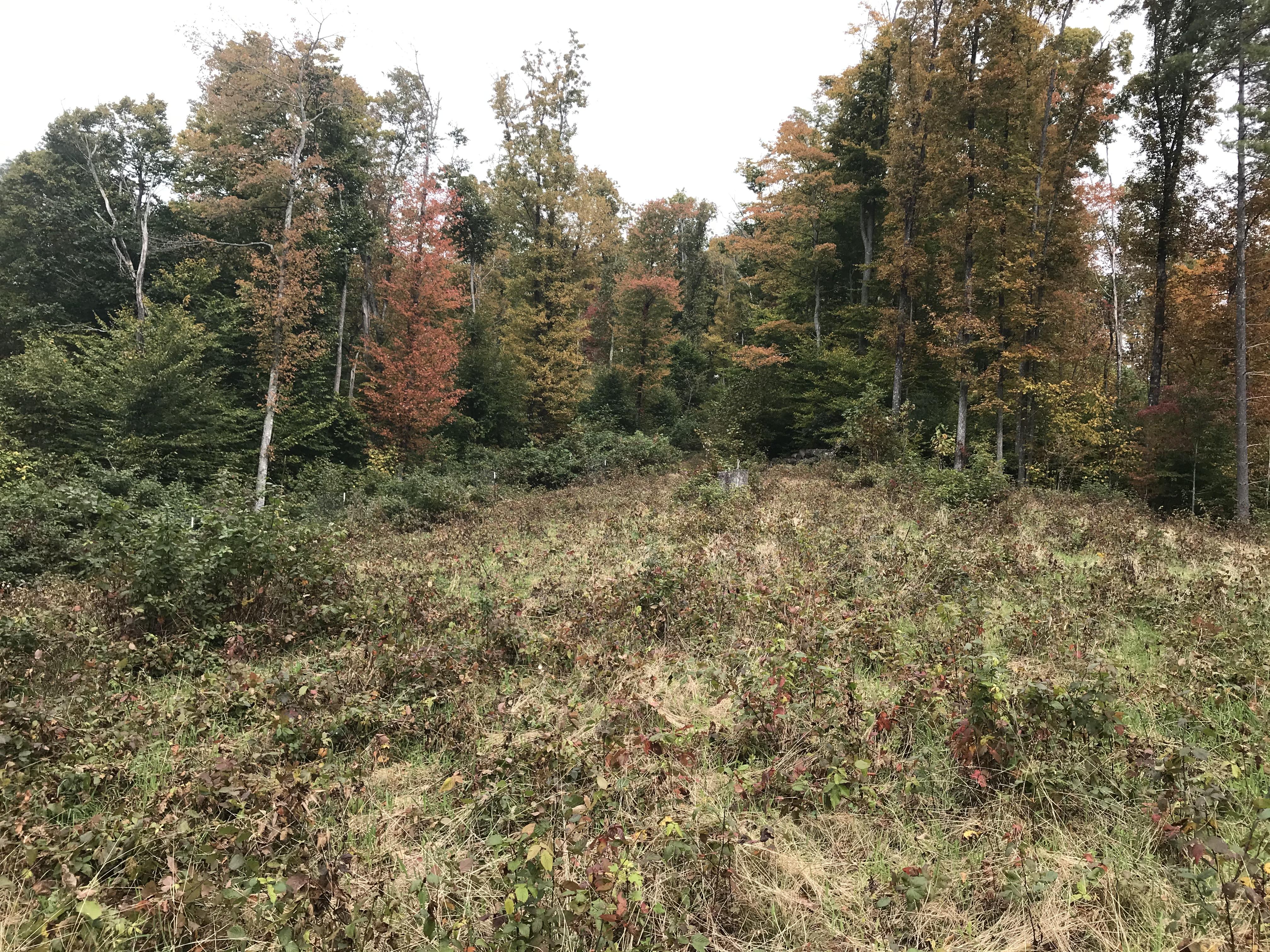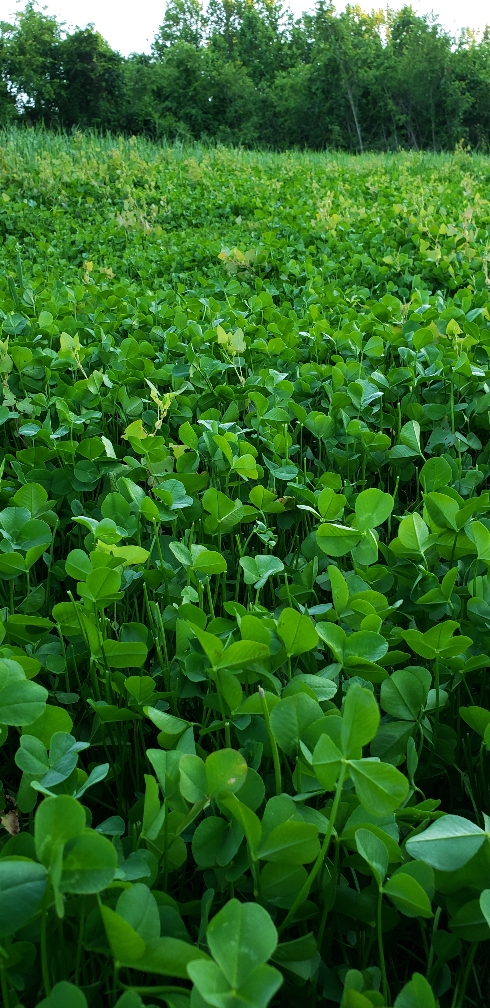Since this subject has come up, I thought I would share something I wrote a few years ago.
The Wild Blackberry – Nature’s Perfect Survivor
Blackberries where you want them are one of the best plants a habitat manager could possibly have. The provide browse, cover and fruit. What more could anyone ask for?
But blackberries where you don’t want them can be a curse, because unless you are vigilant, they will eventually overcome and defeat any measure you may take to eradicate them.
Consider the following that I have observed concerning blackberry and why I consider it to be the ultimate survivor in the plant world.
· Blackberry has a unique position in the plant kingdom. In ways it has special abilities to help it cope with species both above and below it on the successional ladder.
· Even though it is a semi woody species, it can grow as quickly as grasses and broadleaf weeds, which helps it gain a quick advantage over them. Even tall warm season grasses (such as Big Bluestem and Switch Grass) which can grow taller than the blackberry have no chance against it over time. The blackberry is moderately shade tolerant and finds a way to gain a foothold between even the thickest grass stools. From there it sends out briers which are strong enough to weight down grasses and flatten them so that it can slowly spread and cut off their sunlight. The process may sometimes be slow, but it is sure.
· While woody species like most trees can eventually shade it out, it has an ability to hold them back in different ways. A small tree seedling can easily succumb to the dense shade of a thick blackberry patch, and if that is not enough – I have seen several seedlings that became tangled to the point that they eventually died from the twisting and bending. Of course, at the same time, the dense and hungry root system of the blackberry will be cutting off the nutrients to the tree roots as an extra measure of certain death.
· Trees sprouting from the inside of a thick blackberry patch have little chance of survival, so when trees do eventually shade out blackberry, it will be from the outside moving inward rather than from the inside moving outward. Given enough time there will eventually be enough trees to finally survive until a forest is formed and the sunlight of the blackberry is cut off. It disappears, but it is far from dead. I observed a place that had not been logged for over 50 years that didn’t have a single blackberry brier growing anywhere. However, when it was finally logged, within one year there was nothing visible except blackberry, and it was so thick by the end of one season that even a rabbit would have a hard time penetrating it.
· Blackberry roots seem to have an uncanny ability to keep a measure of life regardless of what you do to them. You can kill blackberry with herbicides like Crossbow, Remedy Ultra, etc. and perhaps not see it for several years. You can mow it two or three times a year with spaced out mowing times and make it disappear for a while. You can even plow the ground and set it back severely to where you think it is completely gone. But mark my word – a small remnant is alive somewhere beneath the earth and given enough time it will find a way to reappear.
· Plants like Canada Goldenrod are famous for their fibrous root systems which help them to form monocultures in spots and increase their territory. However, Canada Goldenrods are no match for the root network formed by blackberries. They have a way of cutting off life from even the toughest plants found in nature. Until a lucky tree eventually gets its head above the briers, nothing in nature has a chance of subduing the blackberry.
· Blackberries have a way of discouraging you from messing with them. If you are working near them you will eventually taste the wrath of the sharp briers. I’ve worked in trees with a pole saw and been a good distance from any briers (I thought) but at the end of the day, my hands would look like I had been in a motorcycle wreck, and more than once I would have to stop and take a pocket knife to remove one that broke off – very painful.
· Yet, the tasty fruit is almost irresistible. Both man and beast must eat a few, and this is yet another way that the blackberry increases its chances for survival. The seeds are quickly spread and new patches are forming while you are trying your best to eradicate the old patch. It’s a never ending battle that no man will win. Oh yea, forgot to mention that even if you could win, your birds will be happy to bring in some new seed from your neighbor’s place to get the battle heated back up!









